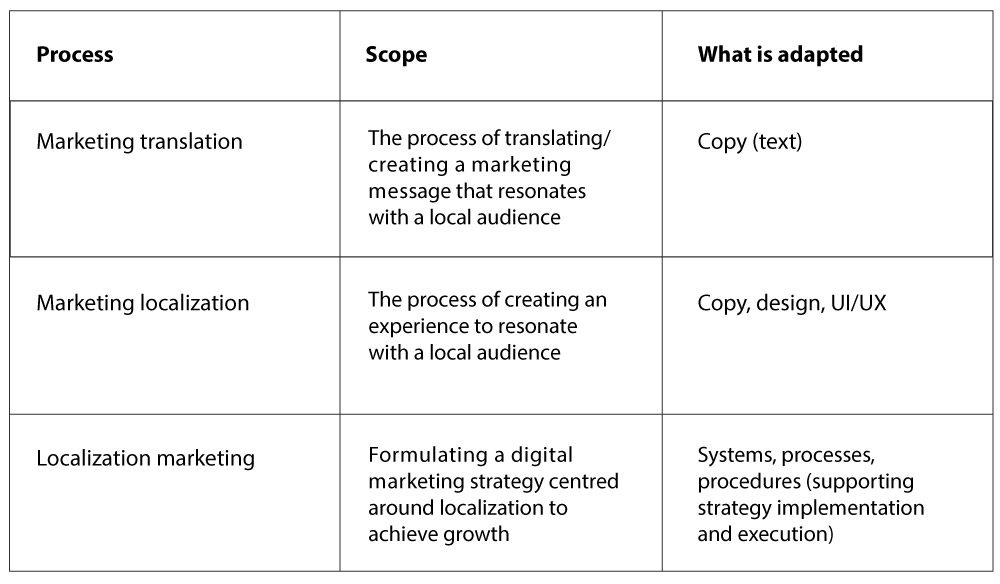How to Build a Knock-out Localization Strategy
|
Font size:
How ‘local’ are you? How ‘local’ is local enough? That’s what you’re just about to find out. Carried away by the expansion grand design, many companies make the mistake of launching into new markets without having a localization strategy in place. Conquering a new market is not a fluke. It takes just as much brainwork as it does legwork (if not more). But don’t let fear of the unknown bog you down.
The making of a killer localization strategy
Localizing your marketing is a focused endeavour and a deliberate decision to adapt your brand messaging to the target market.
● Localized marketing – Any effort of crafting your marketing messages in a way that appeals to your local audience.
● Localization marketing – A strategy whereby you allocate resources to scaling your marketing efforts through localization. You can do this alongside other activities, including local native advertising.
● Marketing localization – Adapting the entire user experience and user journey to the target locale.
Essentially, all these concepts fall under the all-encompassing umbrella of ‘localization strategy’:

The most important element of achieving growth is considering your long-term goals, given your company’s current stage and scaling before going big. Most companies start small by testing only specific geos with localized messaging. If that works well, they broaden their outreach.
Go for ‘All-inclusive’
Localizing your brand means also being inclusive, considering all members of your target audience. This means crafting everything from marketing copy to UI/UX designs with the human element in mind.
Think “local” when designing your UI/UX
Ideally, you should anticipate any localization needs at the design stage. That said, it’s always best that designers use Figma, Sketch or other similar apps and tools to create prototypes and mockups. Visualising each element as the design progresses will enable you to identify potential areas of improvement, proceed with the quick fixes, and anticipate the next “must-have” element.
● Character count differences between languages
● Language script: left-to-right or right-to-left
● Text readability post translation
● Imagery correlation with the local culture
● Colour awareness
Especially when you start designing your user interface for a new locale, you need to think about the localization practicalities: Is it possible to translate my UI into 30 languages? As the process advances, you may come across different challenges. Before you go live, you need to check the translated version of your original UI. From this perspective, including the revision stage in your development workflow is crucial for your project’s success.
Document every step of the process
Here comes the boring part of the localization process: documentation. Elements such as tone of voice, style, terminology, acronyms and phrases referring to your brand must all be written down in a style guide for translators and localizers.
Always include examples of competitors you would like to emulate and even those you dislike to help designers, translators, and localizers get the big picture of how you want to project the brand to the target locale.
One last thing: don’t forget social media. Now, let’s get down to work, shall we?













